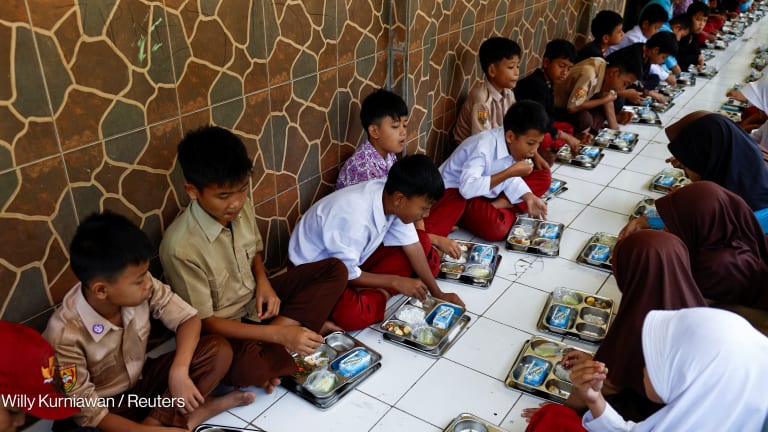Across low- and middle-income countries, 66 million primary school-age children arrive at school hungry. This can have a knock-on effect on a child’s ability to further education and employment, which ultimately impacts a country’s economy as a whole.
More on nutrition:
► Sierra Leone's plans to improve education — one meal at a time
► What lessons can countries learn from Japan on school meals?
Sustainable Development Goal 2 aims to end hunger, achieve food security, improve nutrition, and promote sustainable agriculture by 2030.
School feeding programs could be one way to drive progress in this area. While typically this has been implemented through food assistance via an organization like the World Food Programme, governments are increasingly taking on the task to ensure sustainability. But what does it take to ensure school meals go beyond just feeding children, to actually nourishing them?
Watch the full video to find out how school meals can fight malnutrition.
This focus area, powered by DSM, is exploring innovative solutions to improve nutrition, tackle malnutrition, and influence policies and funding. Visit the Focus on: Improving Nutrition page for more.








